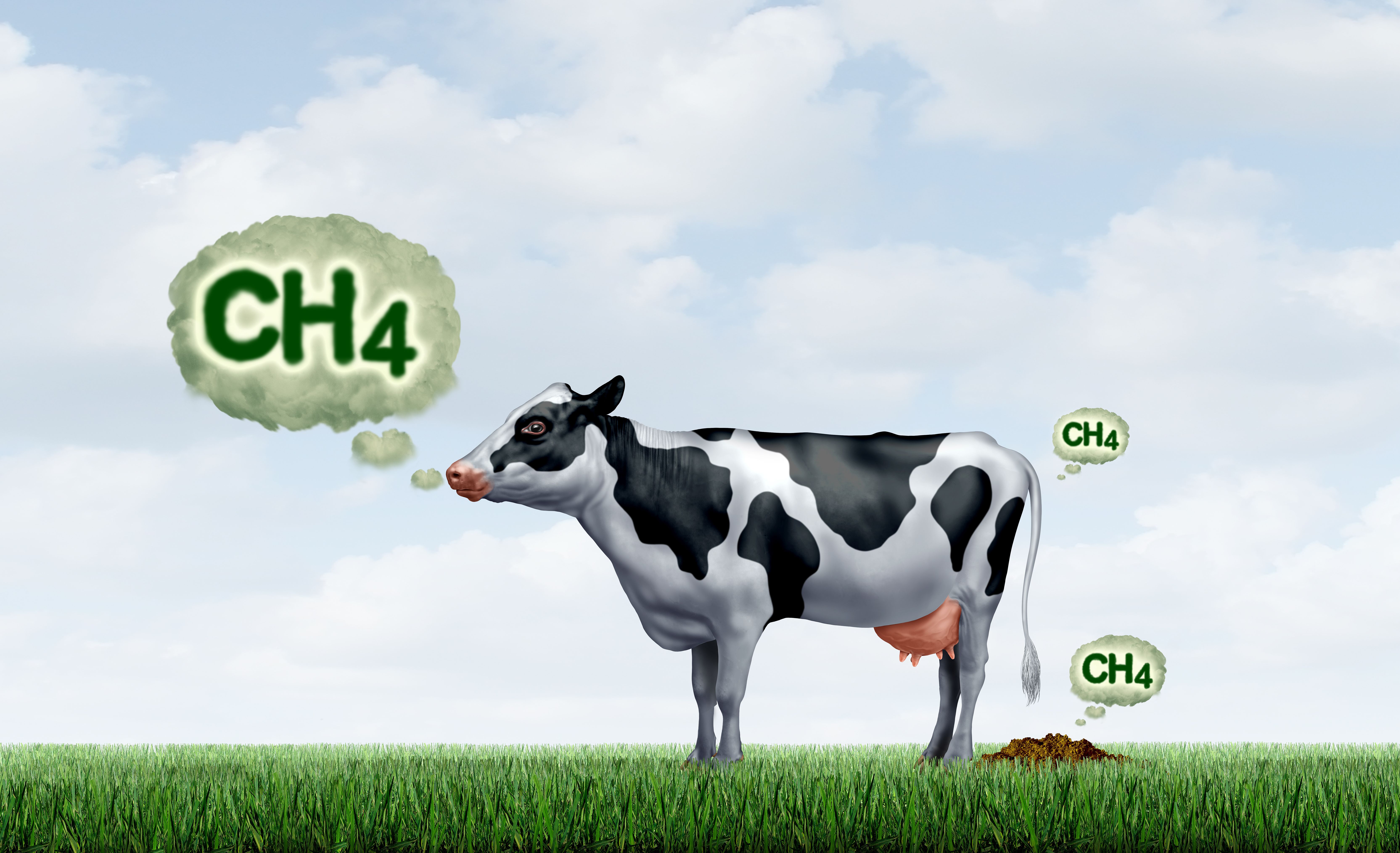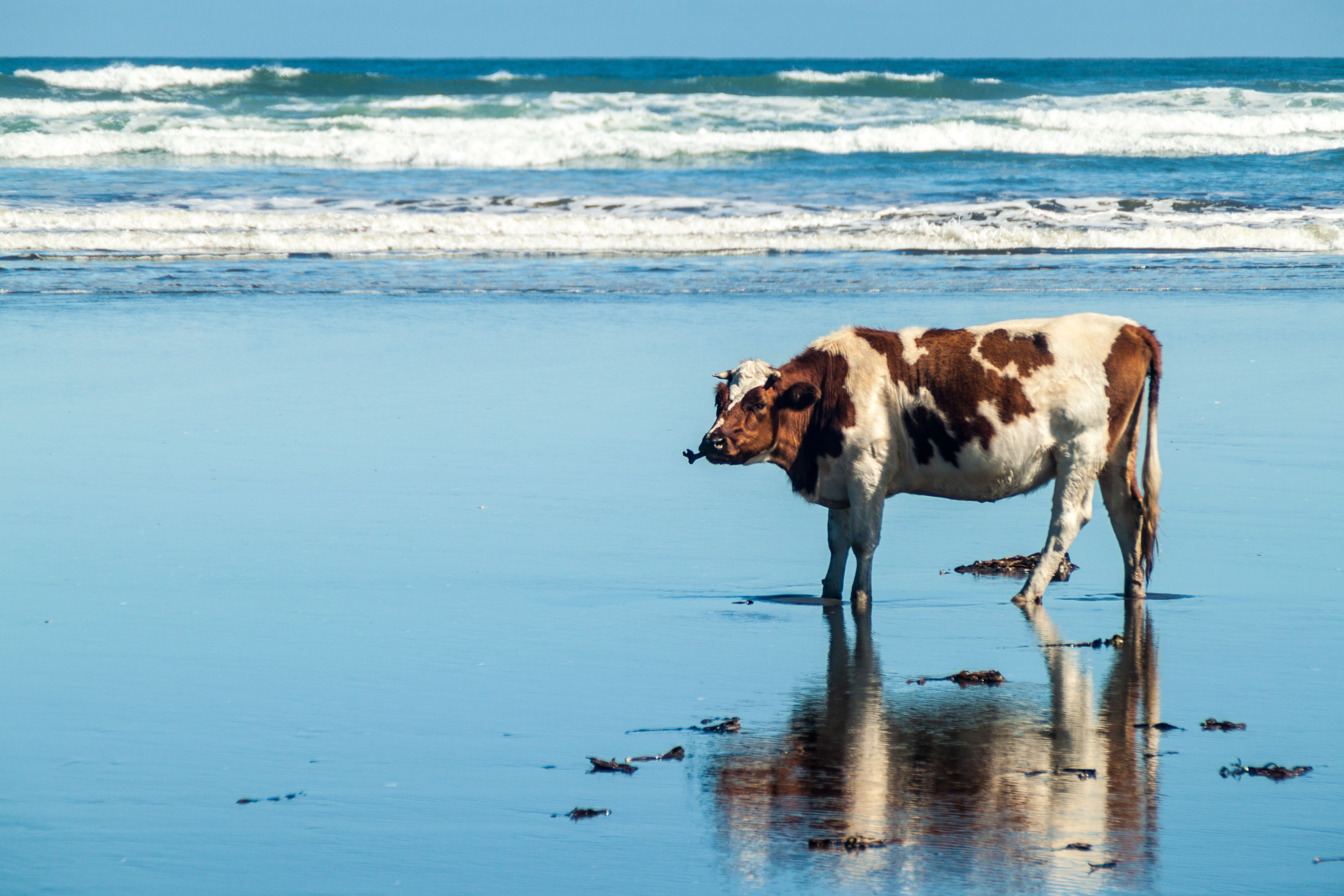Seaweed and Cattle: Exploring Methane Reduction through Feed Additives
Introduction
Cattle have been in the firing line of climate debates for years, mainly because of methane, a greenhouse gas that is about 28 times more potent than CO₂ over a century. Agriculture is under pressure everywhere, and in Ireland the challenge is especially sharp: over 6.5 million cattle contribute a large share of national emissions. One of the more talked-about ideas for tackling this is feeding cattle seaweed. The question is simple enough, can it really work on Irish farms, and if so, at scale?

Why Seaweed?
The hype began with trials in Australia and the U.S., where a red seaweed, Asparagopsis taxiformis, cut methane from cattle by up to 80% in controlled feedlot systems. It works because compounds in the seaweed, mainly bromoform, disrupt the microbes in the cow’s rumen that produce methane.
Here in Ireland, Teagasc and university researchers have been testing native brown seaweeds such as Ascophyllum nodosum, harvested from our own coastline. The results so far are more modest, showing methane reductions in the range of 10–20%. The difference matters: Asparagopsis isn’t naturally available here, and importing it in bulk isn’t practical or sustainable. If seaweed is to play a role in Irish farming, it will have to be a species we can grow or source locally.

The Scale Problem
On paper, cutting methane by even 20% per animal looks like a game-changer. Multiply that across Ireland’s national herd, and it could transform our emissions profile. But the practicalities are not so simple.
Seaweed needs to be fed daily and consistently, which works in zero-grazing or feedlot systems but not in Ireland’s grass-based model. Dosing grazing animals is a logistical nightmare without a bolus or slow-release technology.
There’s also the issue of supply. Covering even a fraction of the national herd would require tens of thousands of tonnes of seaweed every year. Right now, Ireland’s entire commercial seaweed industry is only harvesting around 30,000 tonnes, mostly for cosmetics and niche nutrition products. Scaling that to livestock feed would mean creating a whole new sector, with questions about environmental impact and marine ecosystem balance still unanswered.

Economics on the Ground
The other hurdle is cost. Current estimates suggest methane-reducing additives would add €60–€100 per cow per year. On a 100-cow herd, that’s €6,000–€10,000 annually, a big ask unless there’s a clear return. At present, farmers don’t receive direct payments for reducing methane, and the carbon credit markets for livestock are still at the pilot stage.
Policy may eventually change this. Ireland has legally committed to a 25% cut in agricultural emissions by 2030, and the government is already signalling that feed additives could feature in future CAP schemes or Bord Bia sustainability programmes. Until then, though, most farmers will see it as another cost they can’t justify.

Practical Takeaways for Irish Farmers
For now, seaweed is promising but not yet practical. Teagasc trials show 10–20% reductions with native species, but dosing grazing cattle remains the biggest challenge. The cost, €60–€100 per cow per year, is also prohibitive without support from CAP, Bord Bia, or new carbon-credit systems. Farmers should keep an eye on ongoing trials, on signals from the next CAP review, and on what export markets demand, because pressure may come from buyers as much as from policymakers. Seaweed should be seen as one part of the emissions toolbox, alongside breeding, slurry additives, and efficiency gains, not the whole answer.

Beyond Seaweed: Other Additives
Seaweed isn’t the only candidate. 3-NOP (3-nitrooxypropanol), developed by DSM, has consistently cut methane by 30–40% in trials. It already has EU approval and is being rolled out in some dairy systems. Like seaweed, though, it’s easier to use in total mixed ration systems, not in pasture-based models like Ireland’s. Researchers are working on boluses and slow-release technologies, but they’re still in development.
Globally, other countries are pushing hard. In New Zealand, where livestock methane makes up about 80% of agricultural emissions, seaweed and 3-NOP are being trialled. In the U.S., the feedlot model makes adoption easier, and some companies are preparing commercial rollout of Asparagopsis. Australia is investing heavily in large-scale seaweed farming, though critics worry about the ecological costs.

Ireland’s Unique Position
Ireland’s grass-based farming is both its strength and its challenge. International buyers value “grass-fed” beef and dairy, a selling point that underpins Bord Bia’s Origin Green brand. If feed additives become standard globally, Irish exports could come under pressure to follow suit. The danger is undermining our natural, grass-based image; the opportunity is leading the way in finding pasture-compatible solutions.
If Ireland can crack the delivery problem, perhaps through bolus technology, it could position itself as a leader in sustainable livestock. But that will take more investment, more research, and crucially, a policy framework that ensures farmers aren’t left footing the entire bill.

Conclusion
Seaweed isn’t a miracle cure, but it isn’t snake oil either. The science shows it can cut methane, sometimes dramatically. The challenge is making it practical and affordable in systems like Ireland’s, where cattle spend most of the year at grass. Right now, the economics don’t add up for most farmers, and the logistics are still a work in progress.
The likely future is that seaweed, alongside other additives like 3-NOP, will form part of a wider package: selective breeding, better slurry management, and more efficient use of land and animals. Farmers should see it as one tool among many, not the silver bullet. If policy and markets start rewarding verified methane reductions, seaweed could well find its place. Until then, it remains a promising idea, but one that needs a lot more work before it can move from trial plots to everyday farmyards.
*By Anne Hayden MSc., Founder, The Informed Farmer Consultancy.
